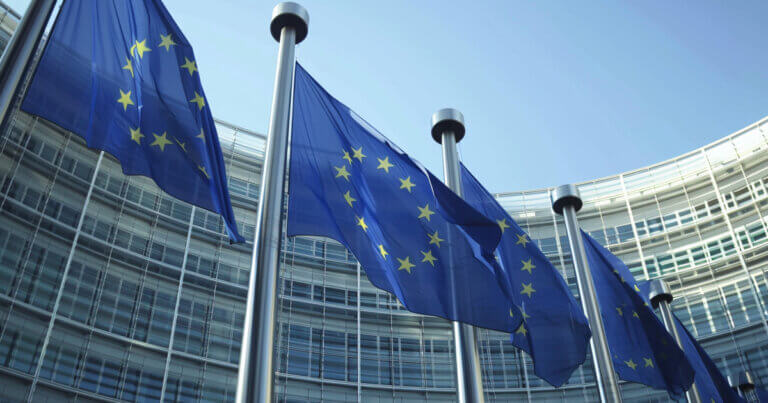 European law authorities raise concerns over privacy coins, Layer-2 networks and crypto mixers
European law authorities raise concerns over privacy coins, Layer-2 networks and crypto mixers European law authorities raise concerns over privacy coins, Layer-2 networks and crypto mixers
The report highlights significant gaps in law enforcement's ability to track and recover illicit digital assets moved via privacy coins, layer-2 networks, and crypto mixers.

Cover art/illustration via CryptoSlate. Image includes combined content which may include AI-generated content.
The EU Innovation Hub for Internal Security has released its first comprehensive report on encryption, focusing significantly on crypto-related issues.
The report, a collaboration between Europol, Eurojust, and other EU agencies, delves into how cryptocurrencies are impacting law enforcement efforts.
It highlights the significant gaps in law enforcement’s ability to track and recover illicit digital assets moved via decentralized methods like privacy coins, layer-2 networks, and crypto mixers.
Crypto and Law Enforcement
According to the report, cryptocurrencies, which rely heavily on public-private key cryptography, pose unique challenges and opportunities for law enforcement.
The report outlines how cryptocurrencies are increasingly used for laundering criminal proceeds, complicating efforts to trace illicit funds. The rise of technologies such as zero-knowledge proofs (ZKP) and Layer-2 (L2) networks, which enhance privacy, may further obscure the origins and movements of these funds.
The report said that currently, law enforcement can only recover funds moved via custodial wallets — where users do not hold their own private keys — by cooperating with exchanges and service providers to seize crypto suspected of criminal activity.
This cooperation is crucial, given the stringent user identification measures (know-your-customer, or KYC) mandated by anti-money laundering regulations. However, illicit funds moved via decentralized wallets and addresses remain beyond the reach of law enforcement due to the enhanced privacy offered by these technologies.
Technological Advancements and Data Obfuscation
The report highlighted several advancements that complicate tracking crypto transactions. Privacy coins like Monero obscure transaction details, presenting significant tracing challenges despite being less popular than Bitcoin among criminals.
Meanwhile, cryptocurrencies such as Dash and Litecoin offer optional encryption features that enhance transaction obfuscation. Mimblewimble, a protocol used by Grin and Beam, hides transaction details and uses aggregate verification techniques.
ZKPs, used by currencies like Zcash and mixing services like Tornado Cash, verify transactions without revealing details, posing substantial tracing challenges.
Furthermore, L2 solutions like the Lightning Network for Bitcoin create payment channels that do not broadcast all transactions to the blockchain, complicating law enforcement tracking efforts.
Future steps
The report noted the paramount need for law enforcement to keep up with technological developments and emphasized that access to suspects’ private keys is critical for overcoming encryption challenges.
The report also urged state agencies to enhance technical capabilities and foster closer collaboration with crypto exchanges and custodial wallet providers, which are essential for effectively tackling the misuse of digital assets for criminal purposes.
The report called for continued research into “user-controlled” encryption and its impact on digital forensics and decryption capabilities. It also highlighted quantum computing’s potential to revolutionize cryptographic protocols and said that EU funding schemes are vital for supporting research projects to address these challenges.
The report urged policymakers to prioritize funding to enhance law enforcement’s ability to counteract the misuse of cryptocurrencies.

































































